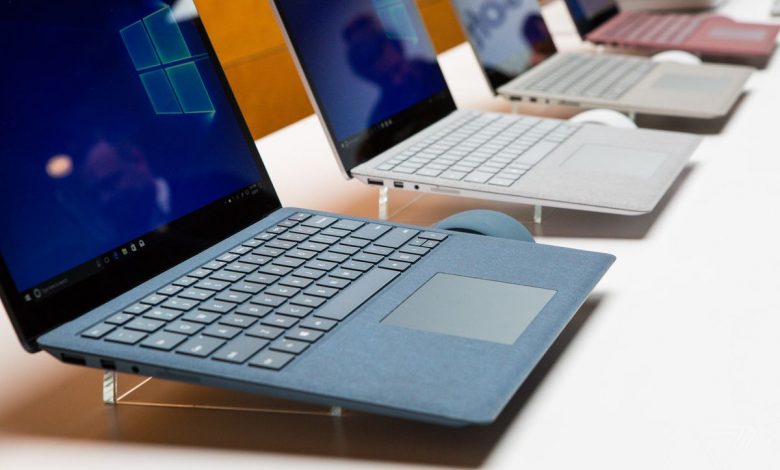Payment Gateway vs Merchant Account: What’s the Difference?

There’s no shortage of things to do when setting up a new business. With the dramatic shift to online payments and eCommerce, getting set up for online payments is an important hurdle business need to cross before anything else.
Instead of cash and checks, payments are increasingly being made online using cards and other methods. A study by The U.S. Department of Commerce data shows that online spending rose 14.2% in 2021. At $870.78 billion, eCommerce now makes up almost 20% of all retail sales across the country. The pandemic accelerated the use of online payments, and even in-person purchases are increasingly being made via mobile payment services such as Apple or Google Pay.
When getting your business ready to accept payments online, there’s a lot to learn and tons of new terminology to get your head around. Let’s break down the processes involved in online payments. To learn about the process there are two major factors you need to understand: payment gateways and merchant accounts.
Table of Contents
How online payments work
While transferring funds and making payments online may seem simple on the surface, they contain a series of separate processes:
- The customer decides to make a purchase and provides their payment information (i.e., card details) on a website or app. Where or how they provide this information is called the payment gateway.
- Card details transfer from the payment gateway to the payment processor.
- After the transaction is processed, payment information passes from the payment processor to the credit card network, and the customer’s details are verified.
- After verification, the card network contacts the customer’s bank to release the funds.
- Approval from the customer’s bank reaches the payment processor, and the funds are transferred to the merchant account, where they are held for a short period of time.
- Finally, the payment is transferred from the merchant account to the business’s bank account.
All in all, there are eight different entities involved in this process. The first five, which include the customer, the customer’s bank, the business, the business’ bank and the credit card network, are commonly understood. The remaining three, which include the merchant account, the payment gateway and the payment processor, require further explanation.
Merchant accounts
Merchant accounts are a type of business bank account allowing companies to accept credit card payments. Setting up a merchant account means partnering with a bank that handles the communications required for electronic payments. When a consumer purchases something from you online, the funds are held in the merchant account. This hold provides time to process the credit card payment and verify information about the transaction. After this, the funds are generally received by your business account.
Merchant accounts are necessary for online merchants, and funds cannot simply transfer directly into your business account. While merchant accounts typically come with additional fees, they do provide a number of key benefits:
- Simplify accounting by grouping transactions to send to your business account in a single deposit.
- Reduce uncertainty around transactions, for example, returns coming out of your merchant account.
- Allow fraud prevention with additional time for suspicious payments to be flagged before deposit into the business account.
What is a payment gateway?
Payment gateways are the technology needed for merchants to accept card transactions. Think of it as the gateway connecting the customer’s account with your merchant account, allowing funds to flow once payments clear. Payment gateways are the first point at which the customer provides information facilitating the transaction. They are the interface that greets customers looking to make a purchase, collecting the relevant payment information.
For in-person transactions, payment gateways take the physical form of a card reading device or a terminal for phone payments. While online, they are the payment processing portal found at the checkout, where card details are entered.
With a payment gateway, businesses can:
- Increase security through advanced encryption of customer information.
- Add a layer to discover any issues with the customer’s payment information.
- Perform any other additional checks before the money is received.
Payment gateway vs payment processor
When learning about online payments for your business, payment processors are another critical component you will likely come across. Understanding the difference between payment gateways and processors is an important distinction.
Thankfully the two names give a clear indication of their roles. The gateway is a service allowing a transaction to pass, and the processor actually processes the payment by communicating with both the purchaser and business, their respective banks, and the credit card network.
You can think of the payment gateway and payment processors as making up two sides of the transaction:
- The gateway collects the customer’s information.
- The processor applies that information to contact the customer’s bank and the business’s merchant account – transferring money from one to the other.
What your business needs
Accepting payments online isn’t a case of payment gateways vs merchant accounts. You’re going to need both. While closely related, they perform different functions, and when combined with a payment processor, you have everything you’ll need for the funds to start rolling in from your website or app.
Given that you need both, how do you choose the correct merchant account and payment gateway for you?
For merchant accounts, there are two main types:
- Payment service providers (PSPs): Great for smaller-scale operations where your merchant account is aggregated with other businesses to reduce costs.
- Traditional: Your own dedicated merchant account.
Merchant account providers typically offer their services through various payment plans. Other fees that may apply include processing fees, chargeback fees, and conversion fees.
For payment gateways, there is a range of providers depending on the type of business you are running. These may only work with specific merchant accounts or banks. The two most important factors to consider when selecting a payment gateway provider is the types of payment method they cater to and the fraud protection they offer.
There are also software packages available that simplify online payments by providing an all-in-one solution, bringing together the merchant account, payment gateway and payment processor.
Making the most of online payments
Understanding the different components required to accept online payments puts you in the best position for success in the modern business world.
Follow TechWaver for more!


